Development history of World War Z
In April, Saber Interactive released the cooperative shooter World War Z. In the first month, it sold 2 million copies. We talked about the history of the project, the specifics of its development and support with Dmitry Grigorenko, the director of the game.
Alexander Semenov, Senior Editor App2Top.ru : Let‘s start with a personal story. How long have you been in development?

Dmitry Grigorenko
Dmitry Grigorenko, Director of World War Z: 11 years in game development. I started by creating mods, then worked at Skyfallen, and now at Saber.
How long have you been in Saber?
Grigorenko: I’ve been in Saber for 9 years, if my memory serves me right.
Initially, I was a level designer on the Inversion project, which at that time was already in the middle of development.
Then there was God Mode, working with Microsoft on Halo Anniversary, Halo Online, Halo Master Chief Collection, Mudrunner and now on World War Z.
What exactly were you responsible for at World War Z?
Grigorenko: For the overall design of the game, the definition of important areas of development, planning, production and management of the team.
I did little things in art and code when I had time.
What did World War Z turn out to be for you personally?
Grigorenko: This is far from the largest project, because I had a chance to work on Halo, but definitely the most difficult.
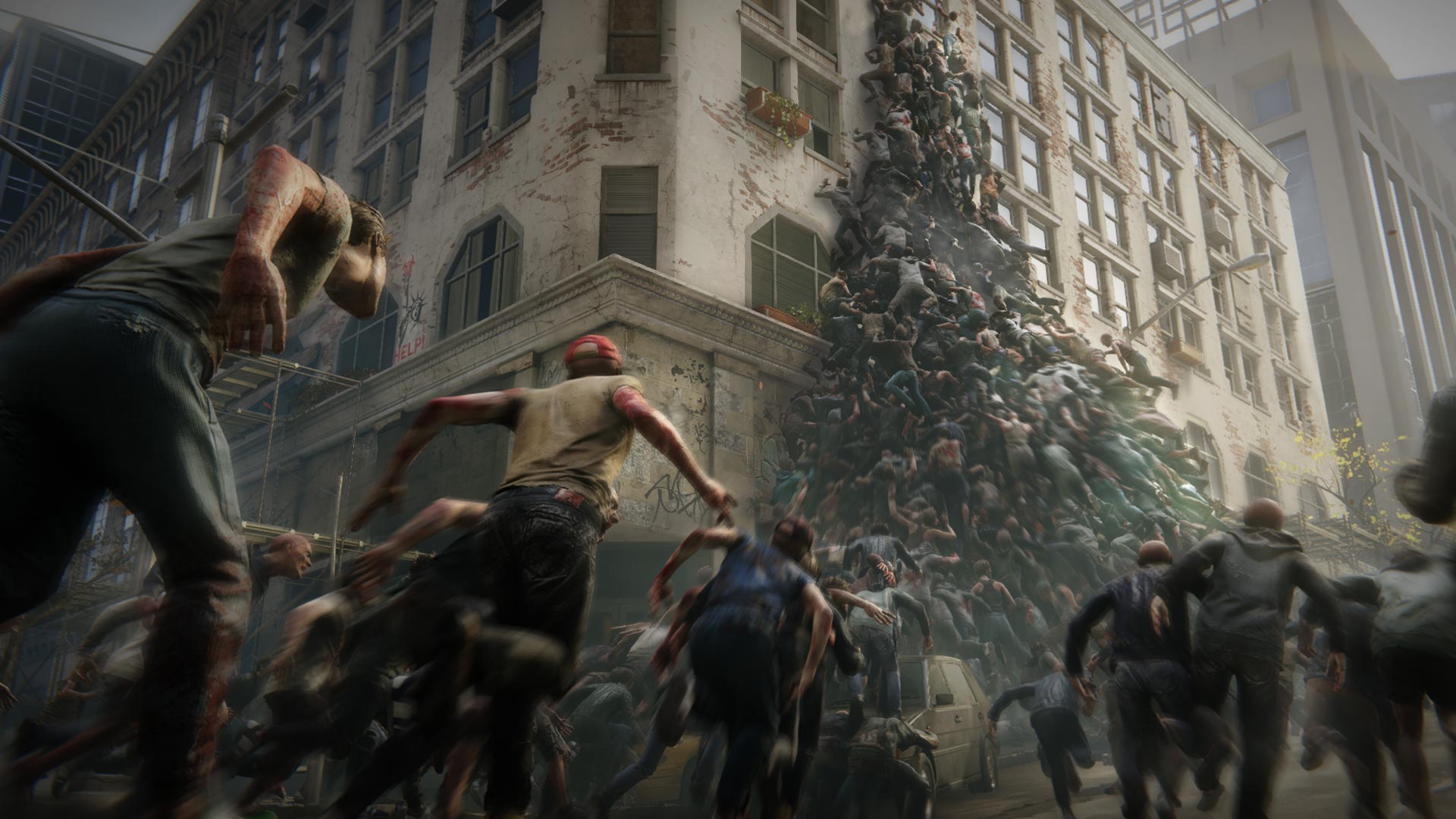
World War Z
Do I understand correctly that the history of World War Z began long before the development of the game, because its origins should be sought in God Mode and R.I.P.D., which are also cooperative third-person PvE shooters?
Grigorenko: The idea to make a game based on the movie World War Z appeared really long ago. However, do not assume that World War Z grew out of God Mode and R.I.P.D. It has nothing to do with them: completely different technologies, different approaches to development, teams, deadlines and budgets.
Only the most important part of them remains — our own game engine. High-level things (for example, AI, shooting mechanics, control, game logic) were written almost from scratch.
You mentioned that you were working on God Mod. If we talk about this game, as well as the R.I.P.D that was released with it in the same year, then how important, milestone for the company were they?
Grigorenko: Many may disagree, but I personally think that these games have become an important stage in the development of the company, since they managed to test simultaneous work on several projects at once. Usually small game studios, like Saber of those years, are engaged in only one project. The future of the studio completely depends on the success of this project alone, which is quite risky.
By the way, God Mode was my first project where I had a leadership position, and I still remember it with warmth. It was made by only 15-20 people, and it was incredibly interesting to try to assemble something for the first time. A lot of things didn’t work out, and the ratings were well deserved [on Metacritic, the game had 58 points out of 100. — Ed.], but the game itself was quite fun and hung in the top of downloads on Xbox 360 for a very long time.
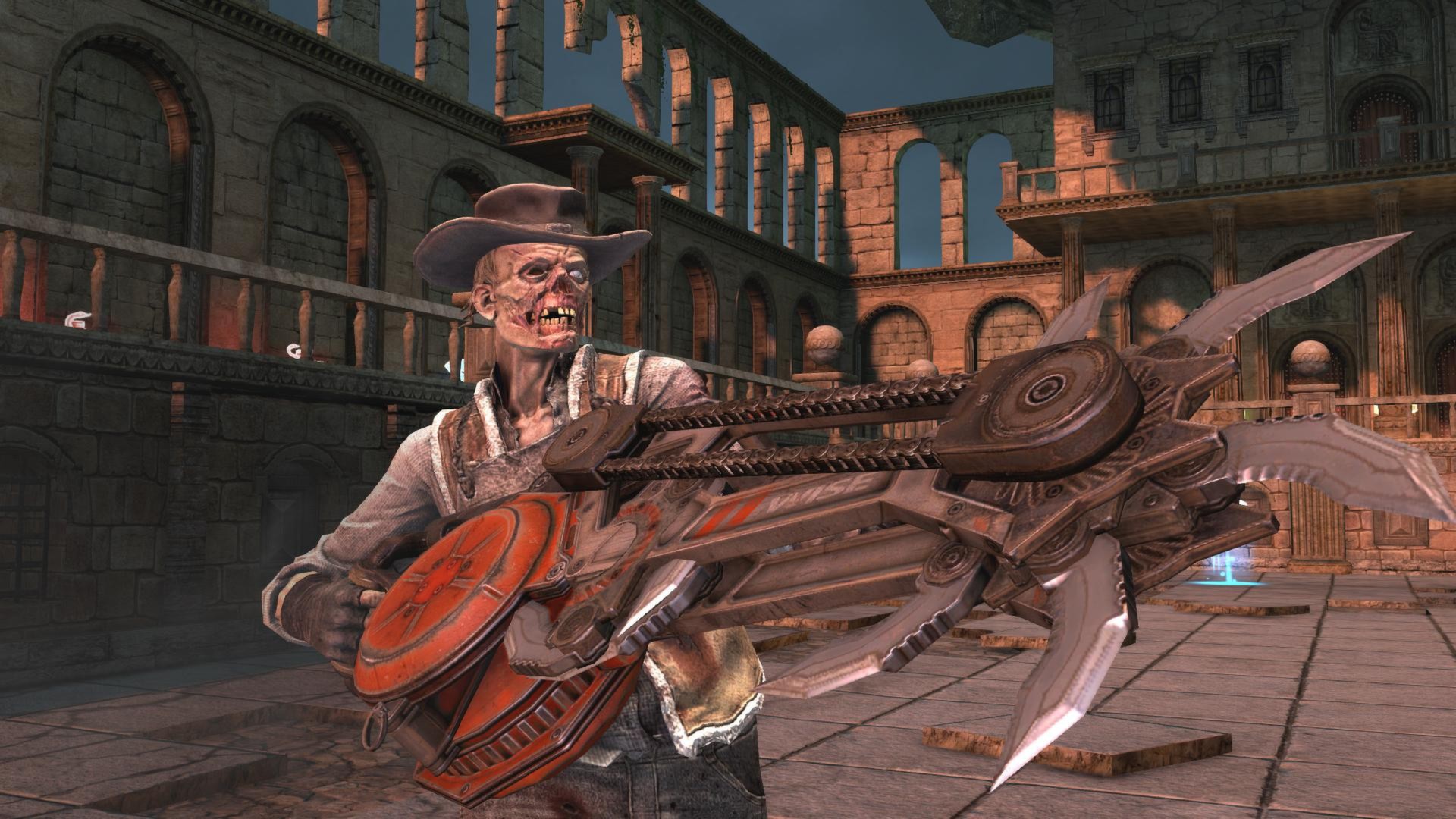
God Mode
One of the foundations of the game is a cooperative PvE story in the spirit of Left 4 Dead. The good sales of World War Z and the success of Warhammer: Vermintide say: the audience still loves such entertainment. But still, the concept is more than ten years old. How did you decide to modernize it, make it so that it was perceived fresh?
Grigorenko: First of all, we decided to add the horde mechanics from the movie.
There are practically no good shooters where it’s just nice to fight huge crowds of zombies with friends in a co-op.
Today, among zombie games, other projects have prevailed for quite a long time – those about survival. As they joke today: the four horsemen of the indie apocalypse on Steam are the tags Zombie, Survival, Open World and Crafting.
Why didn’t we go in the direction of asymmetric PvP?
Grigorenko: This is an incredibly risky gameplay that is difficult to make work well and very few people succeed.
By the way, what do you think about asymmetric PvP as an analogy with PvE, where the fifth player is responsible for the environment? Why did the authors of Dead by Daylight succeed, but failed in the case of Evolve?
Grigorenko: Dead by Daylight is a great game. The only explanation why they did it is the talent of developers.
Asymmetric PvP is always a huge risk.
The problem is that medium- and large-sized games look disgusting most of the development time and barely work (if you make them from scratch). It’s only towards the end of development that they’re going into something that can be played. Unfortunately, that’s when it becomes clear that the gameplay doesn’t work and everything needs to be changed. But it’s too late to change, so many decisions have to be made blindly.
I think the developers of Evolve (these are, by the way, the same Turtle Rock who made Left 4 Dead) were just unlucky with certain decisions that seemed right at the initial stages.

Evolve
You didn’t add an asymmetric PvE mode to the game. However, a mode has been added where players fight not only with the environment (with zombies), but also with another team (PvPvE). How popular is this mode today? After all, the balance of the game was sharpened under PvE and, as far as I know, did the players feel it?
Grigorenko: PvE mode is indeed more popular than PvPvE. But he also has his own community. It is quite popular on each of the platforms five months after its release.
By the way, Hunt: Showdown is playing with you on the PvPvE field right now. And, judging by the reviews on Steam, it does not show very good results. Do you think players just don’t get the format when they have to fight against the environment and against other players? Or is it something else?
Grigorenko: In my opinion, a good PvPvE is a kind of Holy Grail of game design. Whoever finds him will gain immortality, like in the movie about Indiana Jones.
Many developers have been looking for it for a very long time, but they can’t find it. Everyone likes how it looks on paper, but in practice it is even more difficult to make it enjoyable for the player than asymmetric PvP.
Players usually don’t like it when neutral opponents distract them from shooting at other players. In response to this, developers usually reduce the influence of E in the PvPvE formula until there is practically pure PvP.
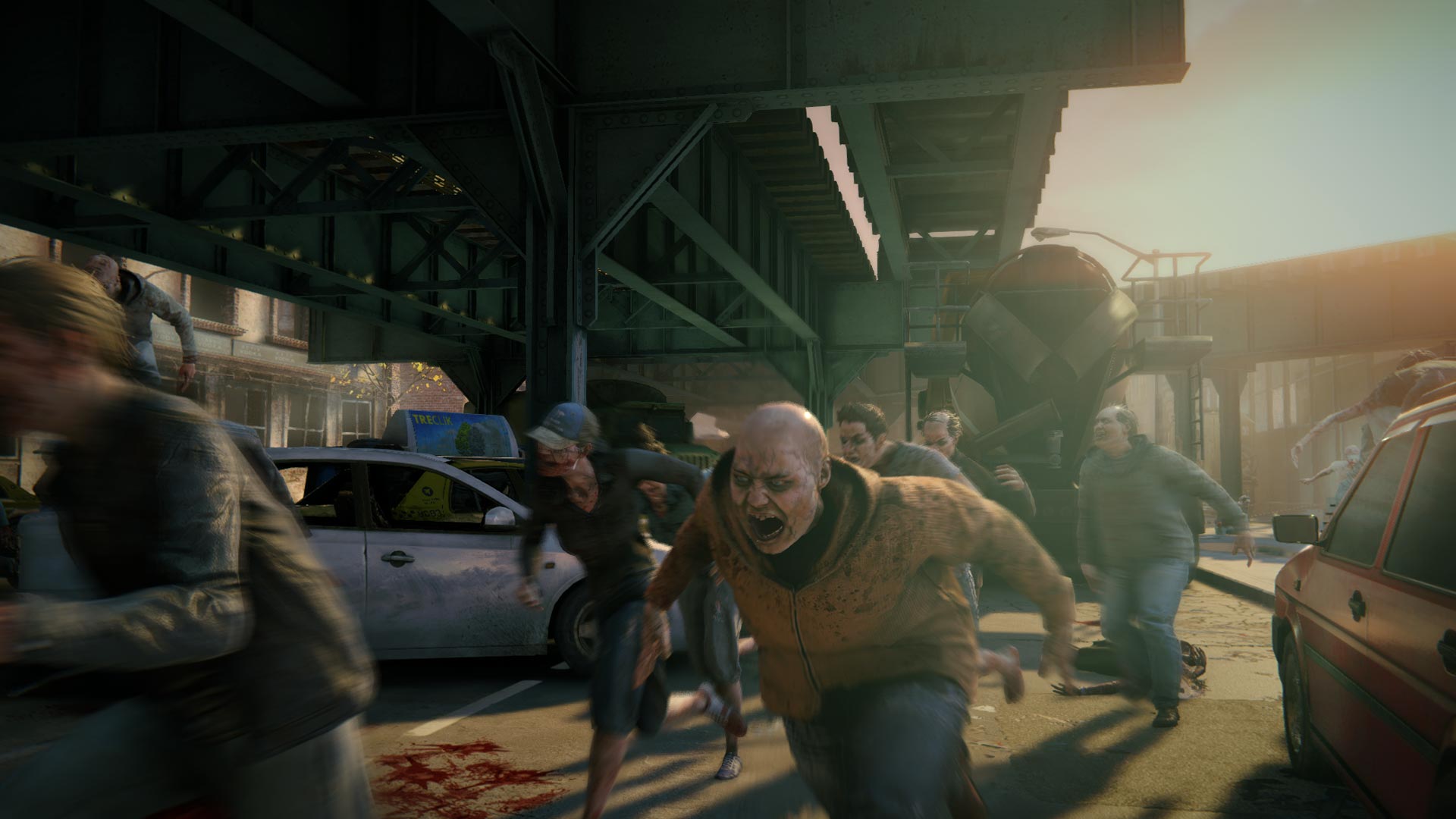
World War Z
You mentioned just above that one of the key features of World War Z were hordes of zombies. Previously, there were no such huge waves of opponents in shooters. What difficulties did this cause in game design?
Grigorenko: Initially we set ourselves a task: we want to fight a horde of fast zombies, not run from it. At first, it turned out to be a very binary gameplay. Either you do everything right and not a single zombie even reaches you, or one mistake and the crowd just blows you away in five seconds.
The second major problem is a strong garter on the level design. You can’t just put 500 zombies on the level anywhere and get interesting gameplay.
The other problem was very funny and unexpected. In focus tests, the players did not shoot at the horde. They thought it was fake, that these zombies were not real and there was no point in wasting bullets. The fact that it was not fake, the players realized too late, and the horde just passed through them like a steamroller.
Probably, this led to technical problems in optimization.
Grigorenko: Undoubtedly, this led to huge technical problems. It’s not just about optimization, but also about the network part. Synchronizing such a number of opponents is also a very difficult task.
And that’s why you didn’t use, for example, Unreal Engine?
Grigorenko: Yes. Such large and complex tasks are easier to do on your own engine, because you have full control over it. Unreal Engine is an incredibly convenient and advanced toolkit, but without control over it — you can just run into a wall there. Your engine can be improved, supplemented, rewritten.
If you put World War Z out of brackets, how much do you think the development of the game is becoming more expensive because of the need or desire to write an engine for it from scratch?
Grigorenko: Many, many times. If you don’t initially have an engine core or a team of talented C++ and render programmers, I wouldn’t recommend this approach. I was lucky that they were on World War Z.
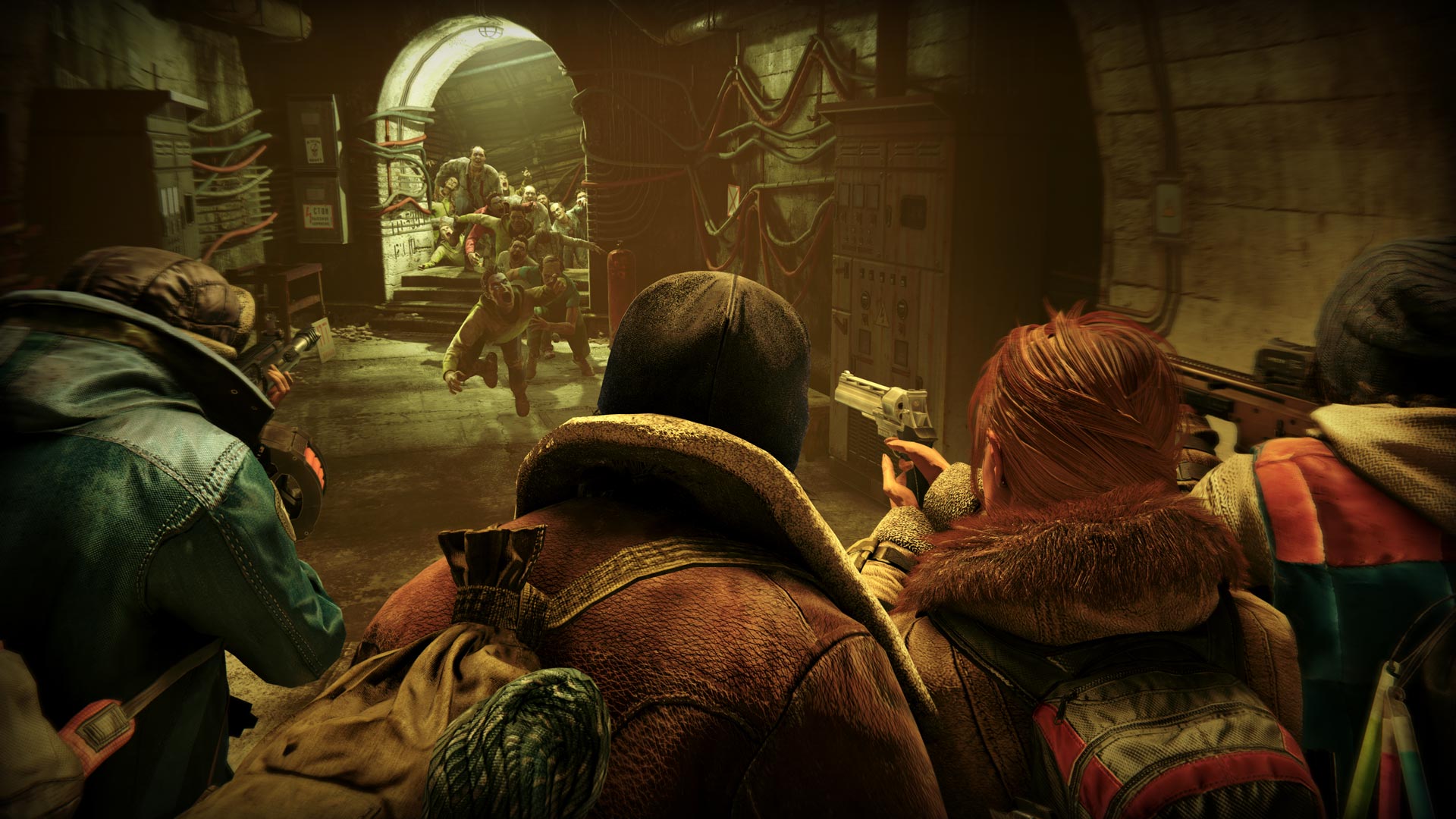
World War Z
A little more about hordes of zombies. The appearance of two games in one month, where it is necessary to destroy hundreds of the living dead (the release of World War Z took place on April 16, the release of Days Gone — April 26) does not look like a coincidence. Was there a race that you need to be the first to highlight this feature?
Grigorenko: In fact, it’s just a coincidence, there was no race.
Days Gone was postponed several times, and it was supposed to be released in February 2019. That’s exactly why we chose April, so that we could not start with it in the same month.
But then Days Gone was postponed to April 26. We went out according to plan. World War Z had a release on physical media, such games are very difficult to transfer because of all the logistics with the production of discs and their placement in stores.
Were there crunches?
Grigorenko: We can say that no. In the last two months before the release, I had to run a little, I wanted to fix as much as possible, but against the background of well-known stories from the industry, this is nothing at all.
How long did the development take in total?
Grigorenko: About two and a half years.
By what forces was the project done?
Grigorenko: I can’t answer this question. I can only say that the team was much smaller than other projects of similar scale usually are.

World War Z
What was the most difficult during development?
Grigorenko: The most difficult, perhaps, was the search for gameplay with the horde. So that it looks epic and is played.
The second most difficult task was optimization on consoles. There is no separate downgrade on consoles, there are still the same 500 zombies as on PC.
The game was made under a film license, and, as I see it, at the time of signing the contract with Paramount, there was a calculation for the second film. How did colleagues react to the fact that he would not be there?
Grigorenko: There was even some relief, because the absence of the film gave us more freedom in design. There was no need to look back at what was happening in the film, so as not to contradict him. I think if the game had been released at the same time as the movie, and if it had been really good, it would have helped sales a lot, but everything turned out well without it.
So, the release. And it turns out that the project has free DLC and there is not even a paid “cosmetics”. The main question that arises at the same time is: how is the company going to make money on the game further?
Grigorenko: In fact, there are two packs with skins for weapons, but this is a one-time purchase, there will never be microtransactions in the game.
The strategy is very simple — by releasing free updates, we maintain interest in the game. New players come and old players stay. In this situation, there is a benefit for both developers and players. The days when the game is sold only in the first week are gone.
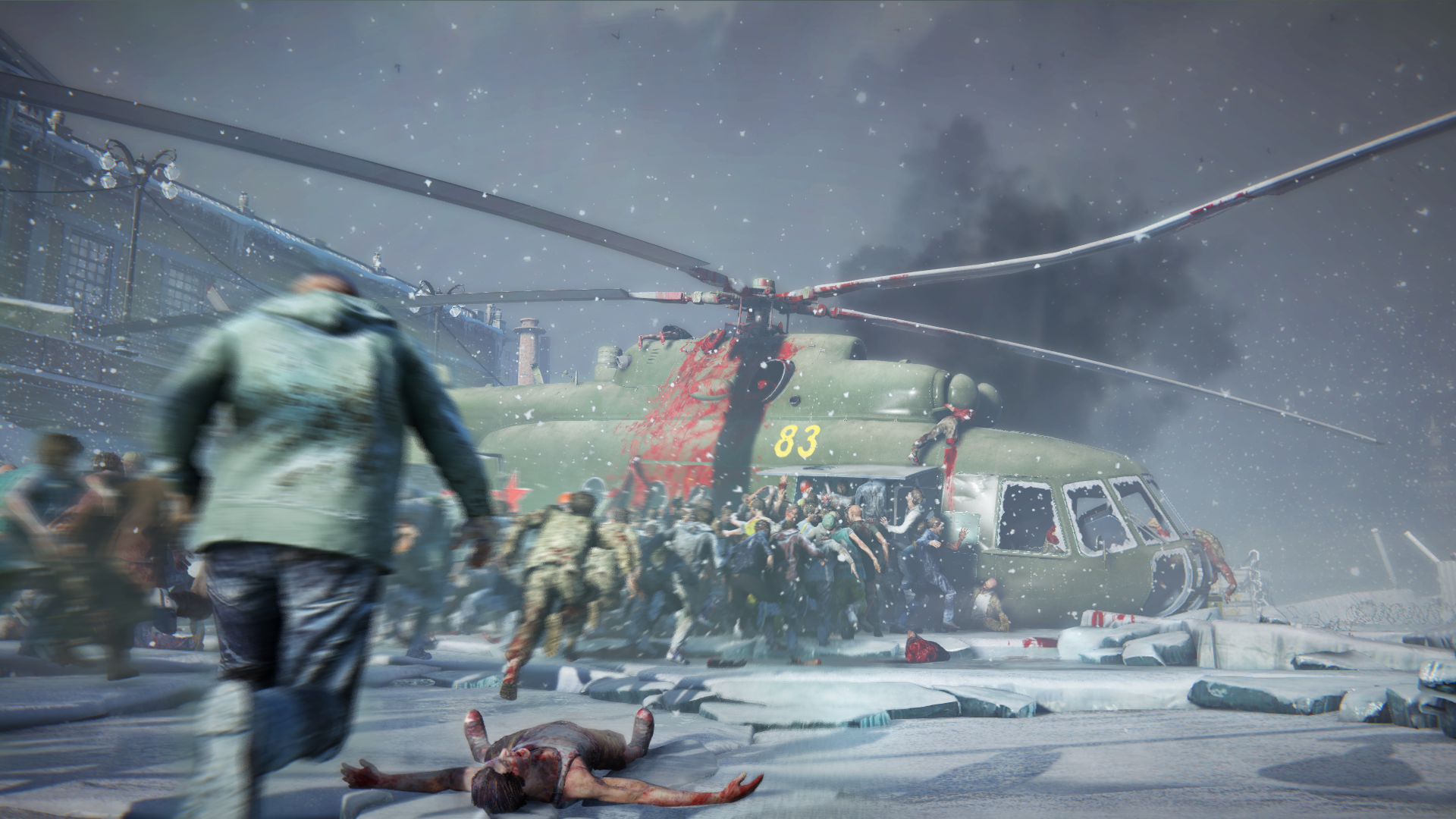
World War Z
How often do you have updates coming out now?
Grigorenko: If my memory serves me correctly, we have made 12 patches since the launch. There were three major updates.
Large ones at least once a quarter, right? Or more often?
Grigorenko: Yes, now we are trying to do at least one major update per quarter. Soon we will share our plans for the fall, stay tuned!
And how many people continue to work on the project?
Grigorenko: I can’t share, but I can say that most of the team is still on his support.
The game has several million copies sold. What’s next?
Grigorenko: Then a long and hard work to improve World War Z. And new projects, of course. Their announcements are still a long time away, but I guarantee that they will be very loud.